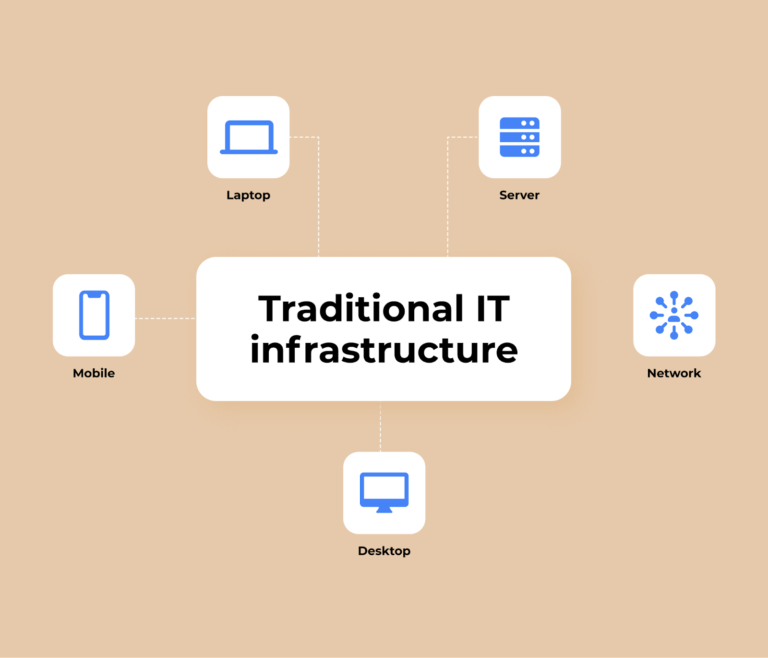In today’s fast-paced world, technological advancements continue to shape the way we live, work, and communicate. With the advent of 5G technology, we’ve experienced unprecedented connectivity and speed. However, as we look to the future, there’s already buzz about what comes next: 6G.
Introduction to 6G Technology
As the next generation of wireless technology, 6G promises to revolutionize the way we interact with the digital world. While 5G has opened doors to new possibilities, 6G is poised to take connectivity to even greater heights.
Evolution from 1G to 5G
Before delving into the potential of 6G, let’s take a moment to reflect on the evolution of wireless technology. It all started with 1G, which introduced us to the concept of mobile communication. Over the years, we’ve seen significant advancements with each new generation, from the introduction of digital networks with 2G to the era of mobile internet with 3G and 4G, culminating in the ultra-fast speeds of 5G.
Defining Characteristics of 6G
Speed and Bandwidth
One of the most anticipated aspects of 6G is its unparalleled speed and bandwidth. With projected speeds reaching terabits per second, 6G will enable near-instantaneous downloads and seamless streaming of high-definition content.
Latency
In addition to speed, 6G aims to minimize latency, the delay between sending and receiving data. By reducing latency to mere milliseconds, 6G will support real-time applications such as augmented reality and autonomous vehicles.
Connection Density
Another key feature of 6G is its ability to support a vast number of connected devices simultaneously. With an anticipated increase in the Internet of Things (IoT) devices, 6G will provide the necessary infrastructure to maintain seamless connectivity.
Energy Efficiency
Despite its impressive performance, 6G is also expected to be more energy-efficient than its predecessors. By optimizing network protocols and leveraging advanced technologies, 6G will minimize power consumption, leading to a more sustainable future.
Potential Applications of 6G
The potential applications of 6G span across various industries, promising to reshape the way we live and work.
Healthcare
In the field of healthcare, 6G could enable remote surgeries performed by robotic surgeons, real-time monitoring of patient vitals, and telemedicine consultations with specialists around the world.
Transportation
6G technology has the potential to revolutionize transportation systems, enabling autonomous vehicles to communicate with each other and infrastructure in real time, leading to safer and more efficient roads.
Education
In the realm of education, 6G could facilitate immersive learning experiences through virtual and augmented reality, connecting students with resources and experts from around the globe.
Entertainment
With 6G, entertainment experiences will reach new heights, offering ultra-high-definition streaming, immersive gaming, and interactive multimedia experiences.
Manufacturing
In the manufacturing sector, 6G could enable the widespread adoption of Industry 4.0 technologies, such as smart factories and autonomous robots, leading to increased productivity and efficiency.
Challenges in Implementing 6G
While the potential of 6G is undeniable, there are several challenges that must be addressed to realize its full benefits.
Infrastructure
Implementing 6G will require significant investment in infrastructure, including the deployment of new base stations and the expansion of fiber optic networks to support high-speed connectivity.
Security
As with any new technology, security will be a paramount concern with 6G. Efforts must be made to ensure that networks are secure from cyber threats and vulnerabilities.
Privacy Concerns
With increased connectivity comes heightened concerns about privacy. It will be essential to establish robust data protection measures to safeguard sensitive information.
International Collaboration in 6G Development
Recognizing the global nature of 6G, international collaboration is crucial in its development. Governments, industry leaders, and researchers must work together to establish standards and protocols that facilitate interoperability and innovation.
Environmental Impact of 6G
While 6G holds the promise of a more connected and efficient future, it’s essential to consider its environmental impact. Efforts should be made to minimize energy consumption and mitigate any adverse effects on the environment.
Conclusion
In conclusion, the potential of 6G is vast and exciting. With its unprecedented speed, low latency, and vast connectivity, 6G has the power to transform industries, enhance our daily lives, and pave the way for a more connected and sustainable future.
FAQs
What is 6G technology?
- 6G is the next generation of wireless technology, promising even faster speeds, lower latency, and greater connectivity than 5G.
What are some potential applications of 6G?
- Potential applications of 6G include healthcare, transportation, education, entertainment, and manufacturing, among others.
What are the challenges in implementing 6G?
- Challenges in implementing 6G include infrastructure requirements, security concerns, and privacy considerations.
How will 6G impact the environment?
- While 6G offers numerous benefits, efforts should be made to minimize its environmental impact, including reducing energy consumption and addressing electronic waste.
Is international collaboration important for the development of 6G?
- Yes, international collaboration is crucial for the development of 6G to establish standards, promote interoperability, and drive innovation.







